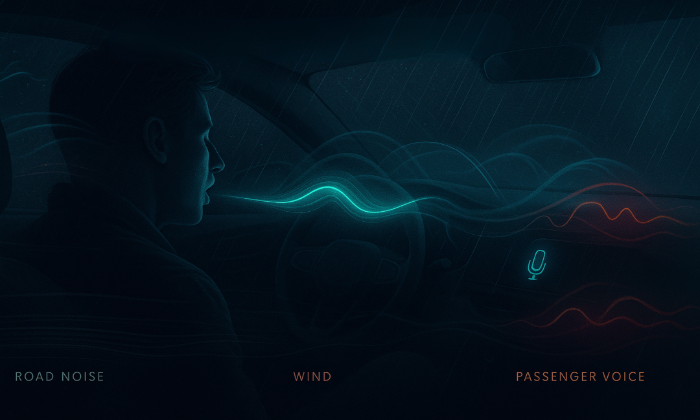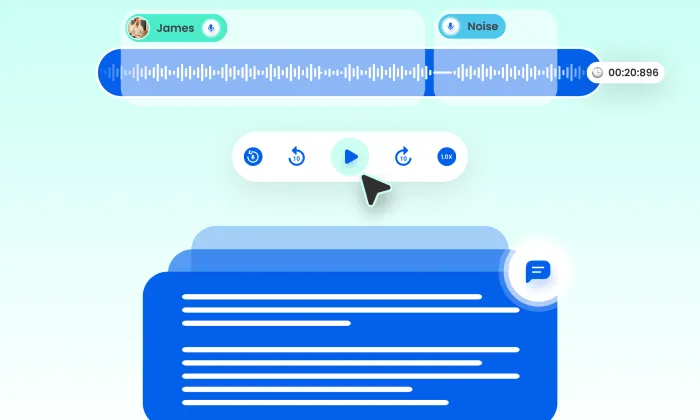What are the risks of overfitting in speaker-specific voice cloning models?
Voice Cloning
AI Models
Speech AI
Overfitting is a significant challenge in machine learning, particularly within speaker-specific voice cloning models. It occurs when a model learns to mimic the training data too closely, capturing noise and outliers, which hampers its ability to generalize to new, unseen data. For AI engineers and product managers, recognizing and mitigating overfitting is crucial to developing robust voice cloning technologies.
What is Overfitting in Voice Cloning?
In voice cloning, overfitting manifests when a model becomes too attuned to the specific characteristics of the training samples. While it may produce speech that closely mimics these samples, the generated output often lacks the flexibility and naturalness required in varied real-world contexts. This limitation can significantly impact applications such as:
- Virtual assistants
- Personalized AI agents
Overfitting can make these applications less adaptable to diverse situations, affecting their performance and user experience.
Effects of Overfitting in Voice Cloning Models
The effects of overfitting in voice cloning models are multi-faceted:
- Reduced Naturalness: Speech outputs may sound artificial or mechanical, failing to capture the natural variability of human speech.
- Limited Generalization: Models may struggle with variations in tone, pitch, and pronunciation, which can result in poor performance across different scenarios or emotional contexts.
- User Dissatisfaction: For tools like virtual assistants, overfitting can lead to a subpar user experience due to inappropriate responses to diverse inputs.
Factors Leading to Overfitting
Several factors can contribute to overfitting in voice cloning models:
- Limited Training Data: Training a model with only a few hours of a single speaker's voice can cause it to learn specific details rather than general patterns.
- Complex Model Architecture: Overly intricate models may memorize the training data instead of learning to generalize, especially when the goal is to capture the essence of a speaker's voice.
- Insufficient Regularization: Without techniques like dropout or weight decay, models might fit the training data too closely, reducing their adaptability.
Strategies to Prevent Overfitting
To counteract overfitting, consider these strategies:
- Expand and Diversify Datasets: Using more extensive and varied speech datasets can help models learn generalizable features. Incorporating diverse emotional tones and conversational contexts enhances the model's adaptability.
- Implement Cross-Validation: Using k-fold cross-validation ensures that the model is tested on multiple data partitions, providing a more accurate measure of its generalization capabilities.
- Monitor Performance Metrics: Continuously track both training and validation performance to detect signs of overfitting early. This allows for timely adjustments to the training process.
FutureBeeAI offers expertise in tailoring datasets to meet these needs. By providing diverse, high-quality voice data, we help teams build models that generalize well while maintaining the distinct characteristics of the speaker's voice.
Practical Implications of Overfitting
In practical scenarios, overfitting can severely limit the effectiveness of AI-driven applications. For example:
- Virtual Assistants: A model trained on a narrow dataset might fail to understand or respond appropriately to varied user queries, leading to poor user experiences.
- Gaming: Character voices that lack expressive range may diminish player engagement and immersion.
Addressing overfitting ensures that voice cloning models deliver high-quality, natural-sounding outputs that meet user expectations.
Conclusion
By understanding the risks of overfitting and taking strategic actions to mitigate them, AI teams can enhance the robustness and adaptability of their voice cloning models. FutureBeeAI stands ready to support these efforts with high-quality speech data collection solutions tailored to your specific needs.
Smart FAQs
Q. What are common signs of overfitting in voice cloning models?
A. Typical signs include a large disparity between training and validation performance, where the model excels on training data but underperforms on new data. This results in unnatural or rigid speech outputs.
Q. How can FutureBeeAI assist in preventing overfitting in voice cloning models?
A. FutureBeeAI provides comprehensive datasets that are rich in diversity, covering multiple languages, accents, and emotional tones. This diversity helps models learn more generalized features, reducing the risk of overfitting.
What Else Do People Ask?
Related AI Articles
Browse Matching Datasets
Acquiring high-quality AI datasets has never been easier!!!
Get in touch with our AI data expert now!








